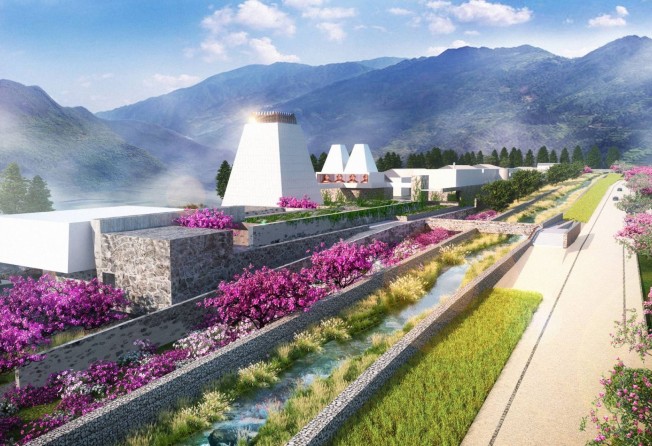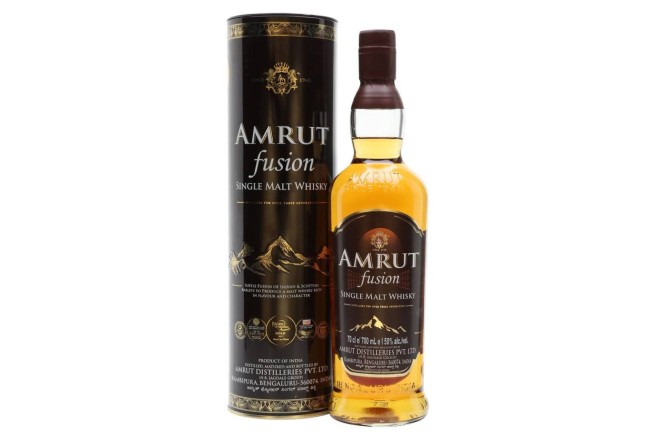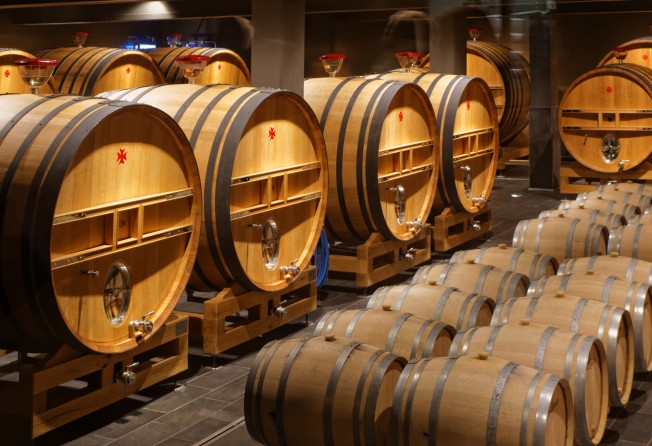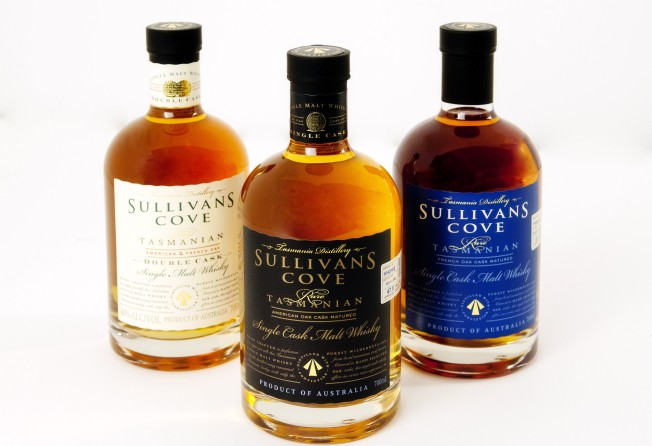
Over Johnnie Walker and Suntory? 5 countries giving Scottish single malts and Japanese whisky brands a run for their barley, from China to Switzerland
- Johnnie Walker and Talisker producer Diageo is building a new distillery at Eryuan County in Yunnan province sure to put Chinese whisky on the map
- Tasmania’s Sullivans Cove was named the world’s best whisky, India’s Amrut and Paul John brands are highly regarded and wine-loving France now boasts more than 40 distilleries

Whisky is a big business, and these days it’s about more than just world-famous brands like Scotland’s Johnnie Walker and Japan’s Suntory. Although these countries still produce much of the best whisky in the world, there’s an increasing number of other regions that have begun to cultivate their own whisky industry with impressive results.
But while the US – with its bourbon and the ridiculously rare and expensive Pappy Van Winkle – and Taiwan, with its award-winning Kavalan whisky, are relatively well known these days, there are some less familiar places getting in on the act. Here are five of the hottest new whisky-producing nations and regions to look out for.
China

This is one for the future. Nonetheless, Diageo – the company that owns the likes of Johnnie Walker, Lagavulin, The Singleton and Talisker – broke ground on the site of its first malt whisky distillery in China. Located in Eryuan County in Yunnan province. The Diageo Eryuan Malt Whisky Distillery will produce the brand’s first China-origin, single malt whisky.
Located more than 2,100 metres above sea level, the site of this 6.5-hectare (16-acre) distillery was selected for its temperate climate, rich natural biodiversity, and access to natural spring water from Erhai Lake, the second-largest highland lake in Yunnan. Diageo has promised that renewable and clean technologies will be used in the distillery to ensure it is carbon neutral, recycles all the water it uses, and is a zero-waste site.
With construction expected to begin in 2022, it’ll be a few years before whisky lovers get to sample this tipple, but the results are sure to be intriguing.
Switzerland

Switzerland is most often associated with luxurious chocolates and cuckoo clocks, not Alpine spirits. However, the country produces a surprisingly unique whisky at Appenzell, close to the eastern border next to Austria and Lichtenstein. Here, in the shadow of the Alps, Säntis Malt creates a range of whiskies. The unique twist here is that the distillery uses old oak barrels that formerly stored beer to age its product. This lends the whiskies here a unique flavour unlike any other. The Edition Dreifaltigkeit, with an aroma akin to barbecued meat, is especially worth a look.
India

Although Indian whisky still feels like a relatively new phenomenon, the country has a long-established history of whisky production. The country’s first distillery was built nearly two centuries ago, in the late 1820s, by Englishman Edward Dyer at Kasauli, in the modern Indian state of Himachal Pradesh (like Säntis Malt, this distillery was at the foot of mountains, this time the Himalayas).
Until recently, whisky production was never significant given India’s need for grain to feed its massive population and the lack of a widespread drinking culture. This has changed in recent years and India now produces more than one whisky of note. Both the Amrut and Paul John brands have achieved fame and won awards. Mithuna by Paul John was named Asian whisky of the year by Jim Murray’s Whisky Bible 2021, while Amrut Fusion Single Malt Whisky earned a gold medal and was acclaimed World Whisky of the Year at the 2019 Bartenders Spirits Awards in San Francisco.
France

With its rich history of producing wine and cognac, not to mention its modern history of famous vodka and gin brands, it’s no surprise that France is home to whisky producers too. This is a relatively new development, though, with the first French whisky not produced until 1987 in Brittany. The growth since has been explosive – a 2016 report identified a total of 42 distilleries in the country. This may only be around a third of the number in Scotland, but that remains impressive growth in such a short time span.
Often these French distilleries use the same Holstein stills used to create “eau de vie” brandy, which lends the whiskies a particularly fruity flavour. Notable brands include Bastille 1789, Bellevoye, Michel Couvreur and Eddu, a whisky unusually distilled from buckwheat.
Tasmania, Australia

Australia’s island of Tasmania is another location that has experienced a whisky boom. Production can be dated back to 1822 when Thomas Haigh Midwood started the island’s first legal distillery (unfortunately, Midwood died a year later, so it’s unlikely he got to sample much fine product in that short space of time). Production flourished at this time until complaints from Lady Jane Franklin, wife of State Governor Sir John Franklin, which resulted in whisky distilleries being outlawed.
Commercial production restarted in 1989 with the creation of Cradle Mountain malt whisky. Since then, local production has gone from strength to strength. Now there are more than 30 active distilleries in Tasmania. Most famous of all is Sullivans Cove, located in Hobart. The company made history by becoming the first distillery to win back-to-back World’s Best Single Malt trophies at the World Whiskies Awards for its American Oak Single Cask (2018) and French Oak Single Cask (2019). Other notable brands include Lark Distillery and Nonesuch Distillery, though all Tasmanian whisky can be tough to find outside Australia.